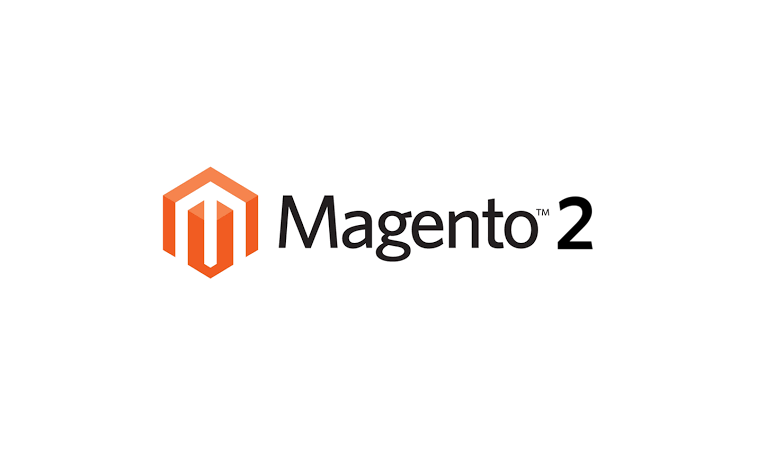Magento and WooCommerce are the two most commonly used platforms at Measured Designs, but why do we code and design for two different eCommerce platforms? Here’s a rundown of their differences.
Magento
Magento is an open-source eCommerce CMS launched in 2007. It is an enterprise-level platform that caters to large-scale businesses. Magento offers a wide range of features and functionalities that make it highly flexible and customizable.
History and Background of Magento
Magento was initially developed by Varien, a private company, and was later acquired by eBay in 2011. Adobe acquired Magento in 2018, and it is now a part of Adobe’s eCommerce suite. Magento has a strong community of developers and users, and its popularity has been growing steadily over the years.
Magento’s Popularity and Market Share
Magento is one of the most popular eCommerce CMS platforms globally, with a market share of 7.14% as of 2021. Its popularity can be attributed to its scalability, flexibility, and robust features.
Key Features and Benefits of Magento
- High level of customization and flexibility
- Support for multiple languages and currencies
- Robust SEO features for better search engine rankings
- Support for multiple storefronts and websites
- Advanced inventory management and shipping capabilities
- Built-in analytics and reporting tools
Pros and Cons of Magento
Pros:
- Highly customizable and flexible
- Robust features for large-scale businesses
- Strong community support
- SEO-friendly
Cons:
- Steep learning curve for beginners
- High development and maintenance costs
- Requires dedicated hosting for optimal performance
Magento Roadmap
Magento has been consistently releasing updates to enhance its features and performance. Magento 2, released in 2015, brought significant improvements to the platform’s speed, security, and scalability. Magento’s roadmap includes enhancements to its B2B features, more automation capabilities, and improved performance.

WooCommerce
WooCommerce is a free eCommerce CMS built on top of WordPress. It was launched in 2011 and has since become one of the most popular eCommerce platforms worldwide. WooCommerce is known for its simplicity, ease of use, and flexibility.
History and Background of WooCommerce
WooCommerce was created by WooThemes, a WordPress theme development company. Automattic, the parent company of WordPress, acquired WooThemes in 2015, and WooCommerce became a part of the WordPress family. WooCommerce has a vast community of users and developers and has been growing in popularity year over year.
WooCommerce’s Popularity and Market Share
WooCommerce is the most popular eCommerce CMS platform globally, with a market share of 30.24% as of 2021. Its popularity can be attributed to its ease of use, flexibility, and affordability.
Key Features and Benefits of WooCommerce
- Seamless integration with WordPress
- Customizable themes and templates
- Large library of extensions and plugins
- Advanced tax and shipping options
- Built-in analytics and reporting tools
Pros and Cons of WooCommerce
Pros:
- Easy to use and set up
- Wide range of customization options
- Affordable for small to medium businesses
- Large community of users and developers
Cons:
- Limited scalability for large-scale businesses
- Security vulnerabilities due to plugin and theme compatibility issues
- Performance can be impacted by heavy traffic
WooCommerce Roadmap
WooCommerce releases frequent updates to enhance its features and performance. The latest version, WooCommerce 5.8, introduced several new features, including improved order management and reporting tools. The roadmap for WooCommerce includes enhancements to its mobile app, improved analytics, and a focus on sustainability.

Magento vs WooCommerce the winner
The main differences between the two platforms is their scalability and costs. WooCommerce is much more suited for smaller businesses as their out of the box offering is much smaller. WC store owners often have to install several plugins to fulfil their category functionality, payment gateway and shipping requirements. WC benefits from its lower hosting costs and the popularity and ease of use of WordPress.
Magento is the more dedicated CMS, capable of handling more complex stores. However, that is coupled with greater complexity and development costs. Site hosting, maintenance and updates are often much more difficult on Magento.



